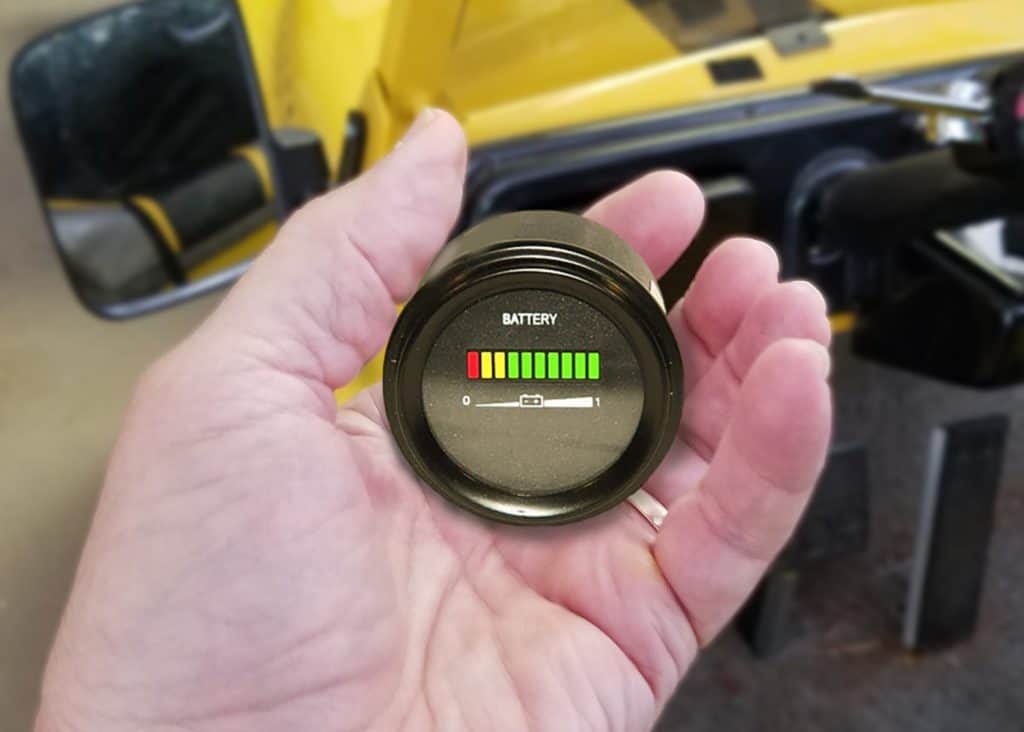

Wipe any grease or corrosion from both of the terminals to ensure a good electrical contact.Double-check that the vehicle's ignition is off, then remove the cover from the battery.If your multimeter doesn't have incremental settings, just set it to DC volts.

Set the multimeter to voltage, then adjust it to somewhere between 15 and 20 volts of DC (direct current) power.Make sure you're using the proper safety gear eye goggles & sturdy, waterproof gloves.Conduct your test after the car has been sitting with the engine turned off for a period of time.Switch off any additional power draws, including headlights, sidelights, radio, air conditioning, GPS, etc.You can measure your battery's voltage using a handheld tool called a multimeter. How Do You Measure Your Car Battery's Voltage? Read about six things that can drain your battery and find out what you can do to help prevent them. In addition to parasitic draw, there are a number of additional factors that can impact your battery's performance and lower its voltage. For a list of suggestions, read our blog titled "How Do You Keep a Car Battery from Dying When Not in Use?" What are Some Other Factors That Affect Battery Voltage? If you have a car that you don't use very often, you need to be proactive in keeping the battery charged. Older cars tend to have less interior electronics and will typically draw even less than 50-milliamps of power over the course of a single night. For newer cars, you can expect between 50 and 80 milliamps of power, which works out to 0.05-0.08 volts of power. Examples of this include your car's interior lighting, clock, the settings on your car radio and its alarm system.įortunately, the amount of current drawn from these applications is minimal. Parasitic draw refers to anything that continues to draw current from the battery after the engine is shut off. It's normal for your car to lose a small amount of charge each night due to parasitic draw. How Many Volts Should a Car Battery Lose Overnight? Once it goes down to 11.6V, the battery is almost completely discharged.

If your battery drops to a voltage of 11.9V or less, you're going to notice a serious drop-off in performance. As you can see, a voltage of 12.1V means your battery is operating at only 50% of its total charge. The chart above shows what the voltage should be for different states of charge. When your battery's voltage drops even a small amount, it makes a big difference in its overall performance. What is the Minimum Voltage Needed to Start a Car? With the engine running, your battery's voltage should be somewhere between 13.5 and 14.7 volts. This is because your alternator is actively charging your battery. Once the vehicle is running, this measurement will be slightly higher. During the starting process, a healthy car battery should have a voltage of 10V or higher (although this can be lower in instances of cold weather). When you start your car, your battery's voltage will drop for a short time before climbing back up to its running voltage. Therefore, a car battery is considered fully charged at 12.6 volts or higher when the engine is off.
CAR BATTERY METER READING FULL
It consists of six cells, each of which contains 2.1 volts of power at full charge. How Many Volts Should a 12-Volt Battery Have?Ī 12-volt battery is standard in most modern vehicles.
CAR BATTERY METER READING HOW TO
Today we'll walk you through how much voltage your battery should have and how to test it using a multimeter.

Over time though, your battery becomes less efficient at holding a charge, which is why you should occasionally test its voltage to make sure your battery is performing properly. Car batteries generate the short burst of electricity needed to turn over your engine.


 0 kommentar(er)
0 kommentar(er)
